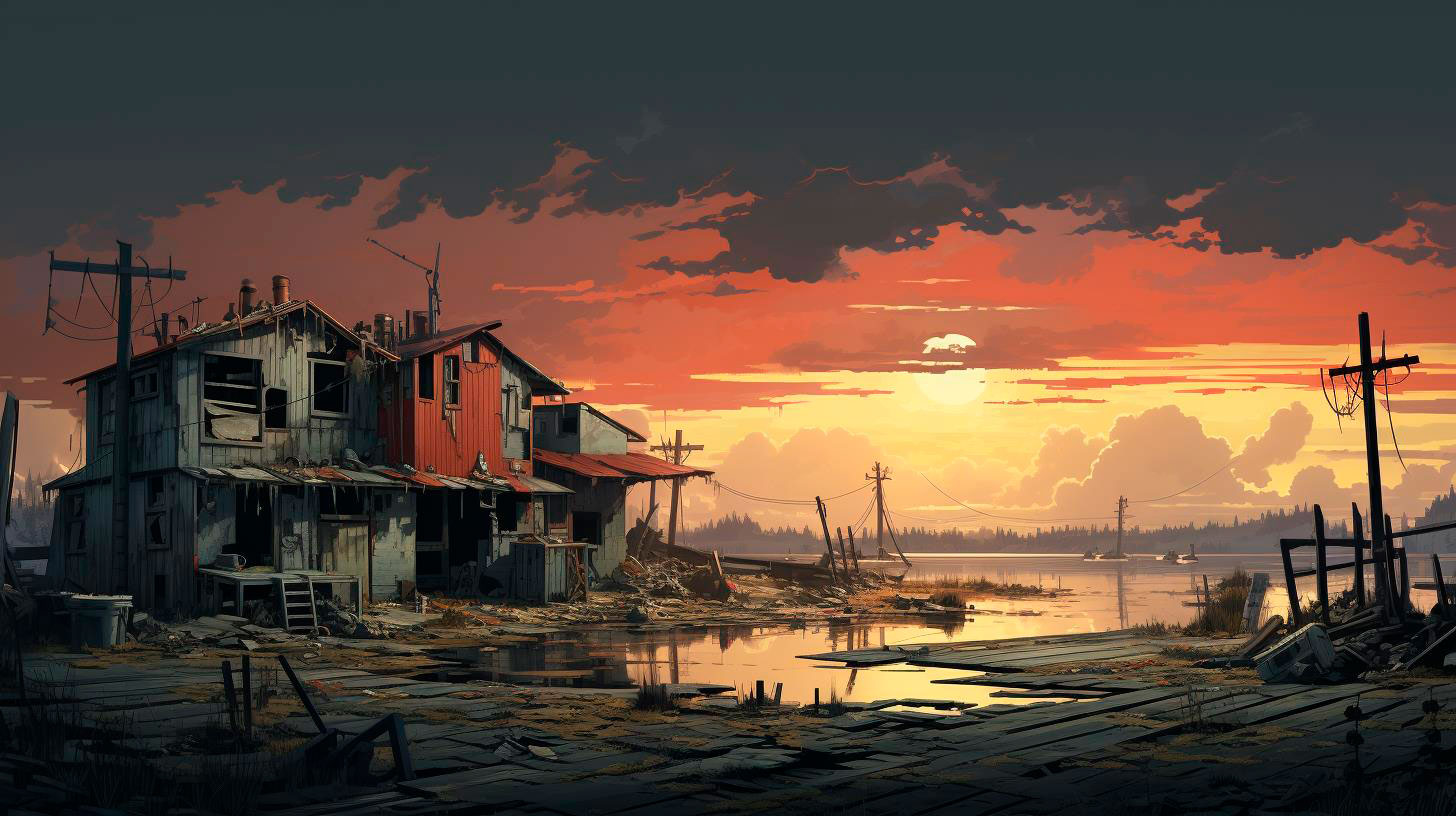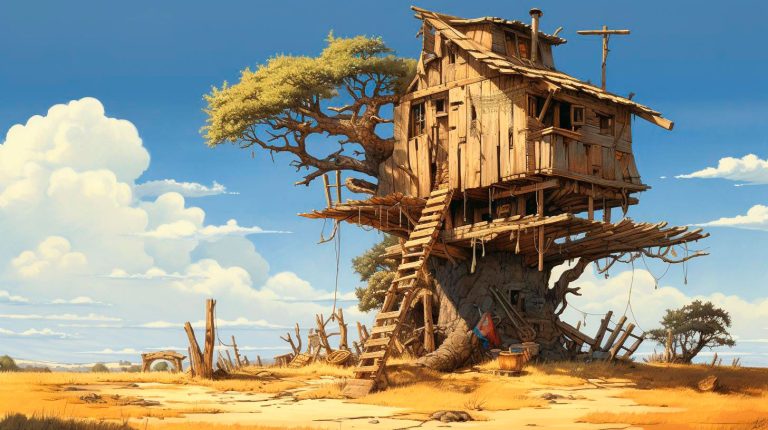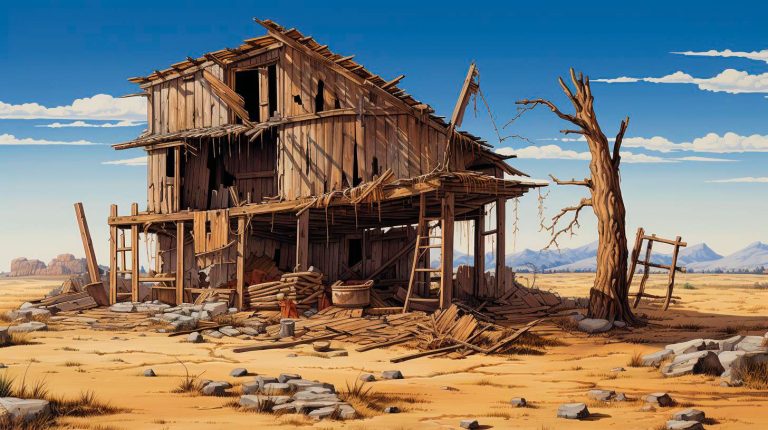In this article, we will discuss the key role wildlife photography plays in conservation, the advantages it brings, and the key takeaways that underscore its importance.
The Power of Wildlife Photography
Wildlife photography has the unique ability to transport viewers into remote and often untouched parts of the world. Through breathtaking images, it conveys the sheer diversity and magnificence of wildlife, educating and raising awareness about the need for conservation. Here are some key advantages of wildlife photography:
- Raising Awareness: Wildlife photographs provide a visual impact that words alone cannot achieve. They evoke emotions and spark curiosity, enabling a wider audience to connect with nature and better understand the urgent need for conservation efforts.
- Educating the Masses: Through their lens, photographers capture not only the beauty but also the vulnerability of wildlife. These images educate the masses by shedding light on the importance of preserving habitats, combating species extinction, and understanding the delicate balance of our ecosystems.
- Promoting Ecotourism: Stunning images inspire travelers to visit wildlife hotspots, boosting local economies and creating a demand for responsible tourism. This, in turn, encourages governments and communities to prioritize conservation efforts for long-term sustainability.
The Role of Wildlife Photography in Conservation
Wildlife photography is not just about beautiful images; it actively contributes to conservation efforts. Here are some ways in which it plays a pivotal role:
- Raising Funds for Conservation Organizations: Photographers often collaborate with conservation organizations, donating a portion of their prints, books, or workshops’ proceeds to fund conservation initiatives.
- Giving a Voice to Endangered Species: Capturing endangered species in their natural habitats helps create empathy and understanding, leading to increased support for conservation efforts that focus on protecting these fragile populations.
- Providing Valuable Data: Photographs can serve as crucial documentation for scientists and researchers, contributing to studies on biodiversity, population dynamics, and migration patterns of various species.
Key Takeaways: The Impact of Wildlife Photography
By now, it is evident that wildlife photography goes beyond aesthetics. Here are the key takeaways that highlight the significance of wildlife photography in conservation:
- Awareness and Education: Wildlife photography educates and raises awareness about the need for conservation efforts, captivating and inspiring individuals around the world.
- Direct Contributions: Photographers actively contribute funds to conservation organizations and provide invaluable data for scientific research.
- Preservation of Endangered Species: Stunning images capture the essence of endangered species, generating support for their protection and conservation.
- Creating Long-Term Change: The power of visual storytelling creates lasting change by shaping public opinion, influencing policy, and promoting sustainable practices.
Conclusion
Wildlife photography acts as a powerful tool for conservation by capturing the essence of the natural world and raising awareness about the urgent need to protect it. Through awe-inspiring images, photographers motivate individuals, communities, and governments to take action and prioritize the preservation of our planet’s biodiversity. By supporting and appreciating wildlife photography, we contribute to the global efforts in preserving Earth’s incredible wildlife and habitats for future generations.



















+ There are no comments
Add yours